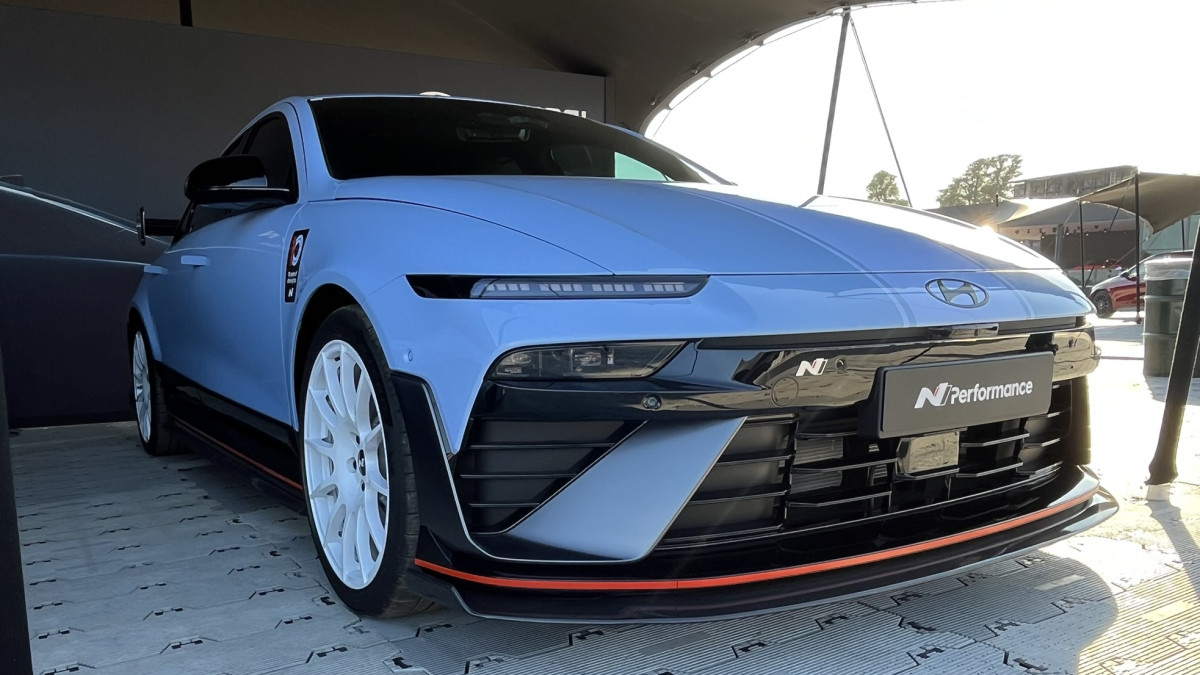 * Contract valued at over $5 billion
* Contract valued at over $5 billion
* Navy aims to move away from system integrators
* Could stage competition for combat systems later
By Andrea Shalal-Esa
Defense News ~ WASHINGTON, Feb 20 (Reuters) - Cost will be the critical factor the U.S. Navy uses to judge competing designs from General Dynamics Corp (GD.N) and Lockheed Martin Corp (LMT.N) for a new class of fast, flexible, shallow-water warships, a top admiral said on Thursday.
Rear Admiral William Landay, program executive officer for Navy ships, said both designs met the Navy's requirements for its new Littoral Combat Ship (LCS), and the deciding factor would be procurement cost, even if one design offered certain advantages.
"While there are a number of factors in our RFP (request for proposals) ... in the end, for this particular acquisition, the cost of that ship is critically important to us, and that was our key overarching driver," Landay told reporters after addressing a conference hosted by Aviation Week magazine.
Analysts say the contract will be worth well over $5 billion to the winning bidder.
Landay said it was always a challenge in best-value competitions to weigh the benefits of certain capabilities, such as an extra knot of speed, against their costs. He said the competition was deliberately structured to account for the ships' total ownership costs, such as fuel use and staffing.
But at this point, procurement cost was the Navy's primary concern, given its plan to buy 55 of the ships and a congressional cost cap of $480 million per ship. "We're going to downselect to one, and the cost is going to be a critical piece of that. It's just the reality of it," Landay said.
The Navy gave industry the final terms for the competition in mid-January, and bids are in mid-March. It will pick a single winner to build 10 ships and combat systems for five more in late spring or early summer, Landay said.
Supporters of the General Dynamics ship, an aluminum three-hulled vessel based on a design by Australian shipbuilder Austal (ASB.AX), argue that a competition decided solely on price will overlook the additional hull capacity and other features of their vessel that could be beneficial to the Navy.
Lockheed's ship is a more traditional steel monohull that analysts say could be somewhat cheaper to build.
Landay said the Navy was determined to maintain competition in the program in the longer term, which is why it will launch a competition for a second shipbuilder in several years.
He said the final terms for the current competition made it clear that the winning contractor could not bid to build the second set of ships. He said there had been "a lot of give and take" with industry over that issue.
"We're trying to make sure we don't get ourselves in a case where somebody who wins the downselect owns or can influence the second shipbuilder. Then you don't have competition," Landay said.
He said the Navy was letting the contractors make their own decisions about teaming arrangements, and would see the outcome when bids were submitted next month.
The overall goal, he said, was to move away from having a prime contractor that served as the systems integrator for the ship program, and instead have separate suppliers for the ships themselves and their combat systems.
That approach could lead to changes in the industry teams that are competing for the work.
General Dynamics, for instance, may sever its shipbuilding relationship with Austal, which built the first General Dynamics LCS ship, while maintaining ties with Austal on the combat system, said two sources familiar with the issue who were not authorized to speak publicly.
Landay said the Navy could stage a separate competition for the combat systems part of the work in the future, but he gave no details.
(Reporting by Andrea Shalal-Esa; editing by John Wallace)


















$700 million pipe dream. Not lookin' good for GD/Austal.
ReplyDelete